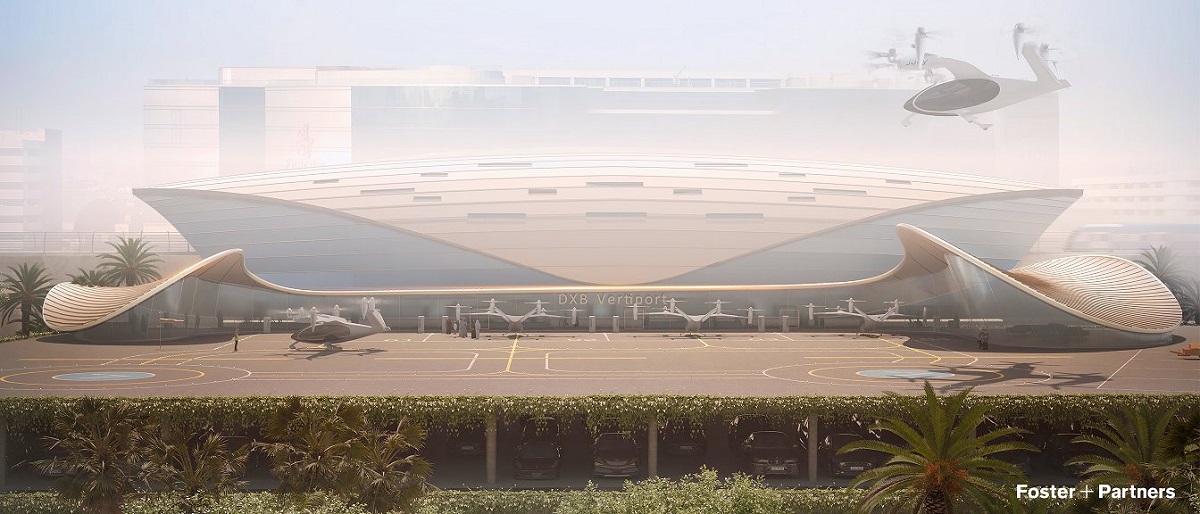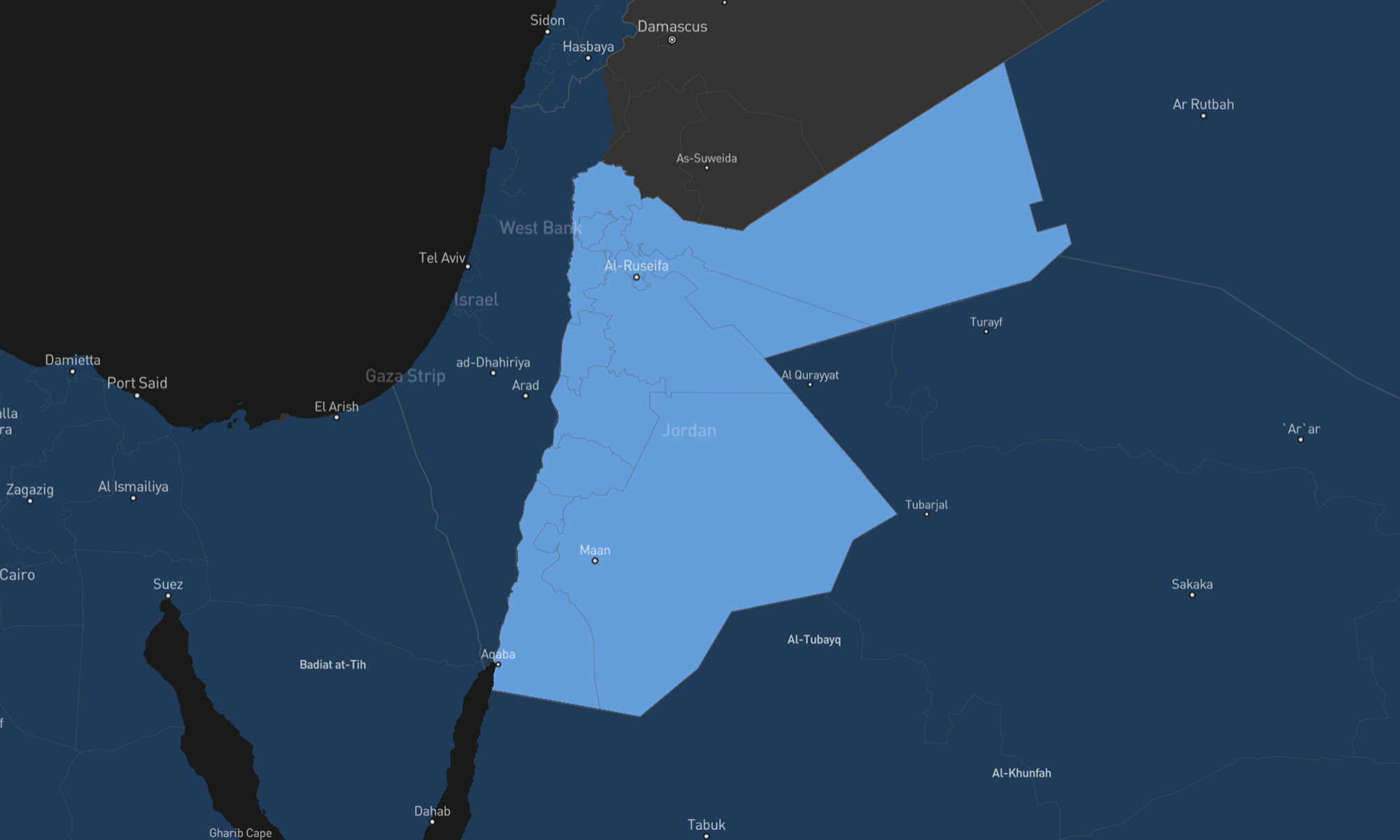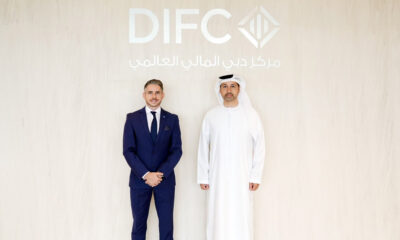News
A First Glimpse Of Dubai’s Air Taxis Flying Past Local Landmarks
The city’s first vertiport will be close to Dubai International Airport and connected to the Emirates Metro Station.

Once the preserve of science fiction movies, air taxis are being tested in cities worldwide, with Dubai’s own service set to take to the skies by 2026. With the taxis becoming a realistic prospect for the tech-focused city, the Government of Dubai Media Office has just released several artist impressions of the aircraft in action.
The photo-realistic depictions give a flavor of what tourists and locals will see as they queue at one of Dubai’s four vertiports before speeding between Downtown Dubai near the Burj Khalifa to Dubai Marina, the International Airport, and Palm Jumeirah.
A Look At Dubai’s First Vertiport
The first vertiport will be located near the Dubai International Airport, with the roof acting as a terminal for the aerial passenger vehicles. Tourists and business fliers will be able to access the vertiport using an air-conditioned bridge connecting the Emirates Metro Station.

Comprising two levels of car parking, the vertiport is revealed as having a futuristic design with accommodation for four taxi stands and two landing areas. As well as a waiting area for passengers, the transport hub will have plenty of electric charging stations and integrate seamlessly with the rest of Dubai’s planned next-generation infrastructure.
The Aircraft
Unveiled at the World Government Summit, the sky taxis are all-electric, vertical take-off and landing (eVTOL) vehicles capable of 300 kmph. The craft can whisk four passengers across the city and boast an impressive range of 241 km.
The Red Tape
The RTA is working closely with Dubai Air Navigation Services and the Civil (and General) Aviation Authority to ensure high standards and safety levels for the planned air taxis service.

According to Mattar Al Tayer, Director-General and Chairman of the Board of Executive Directors of the RTA, the project consists of two main stages:
“The operation is composed of crucial elements. They include a detailed negotiation with a multitude of companies active in this field, signing of commercial agreements [and the] development of the necessary infrastructure and the highly anticipated roll-out of the service.
“The second stage involves identifying a potential partner for investing in the infrastructure needed to introduce autonomous aerial taxis to Dubai’s skies. At present, commercial negotiations are in progress with the most promising and specialized investors globally in the realm of air mobility to construct the requisite infrastructure,” says Mattar Al Tayer.
News
Starlink Launches Satellite Internet Service In Jordan
The space-based service will increase internet penetration in remote areas and push forward the nation’s digital growth agenda.

Jordan has taken a significant step forward in its digital development by introducing satellite internet services in partnership with global provider Starlink. The move, revealed at a recent press conference hosted by the Telecommunications Regulatory Commission (TRC), is part of a broader strategy to expand high-speed internet access, especially in remote or underserved areas.
Starlink’s high-speed, low-latency internet is now available in Jordan!
→ https://t.co/i5IUj2EtDA pic.twitter.com/ep5y18ChZf
— Starlink (@Starlink) April 9, 2025
TRC Chairman Bassam Sarhan described the launch as “a significant milestone for the telecommunications sector,” highlighting the role of low Earth orbit satellites in connecting areas that traditional infrastructure simply can’t reach.
According to Sarhan, the introduction of Starlink’s service marks more than just a technological update — it’s a strategic investment in national progress. “The introduction of satellite-based internet reflects our commitment to building inclusive, modern digital infrastructure across Jordan,” he said. The initiative is expected to enhance economic prospects, reduce digital inequality, and raise the standard of digital services across the country.
Behind the scenes, the licensing process involved detailed technical evaluations to ensure everything met both local and international regulatory benchmarks. The TRC collaborated closely with Starlink to customize the offering for Jordan’s unique geographic and market needs. Sarhan also assured that the new satellite internet would be held to the same consumer protection and service quality standards as traditional broadband options.
“This development enables us to extend reliable, high-speed internet service to every corner of the country,” Sarhan added.
This launch supports Jordan’s Economic Modernization Vision, which places digital infrastructure at the heart of its long-term strategy for growth and global competitiveness. The TRC emphasized that it will continue to build a regulatory framework that balances innovation with public accountability.
Also Read: Rabbit Expands Hyperlocal Delivery Service In Saudi Arabia
Lauren Dreyer, Starlink’s Vice President of Business Operations, echoed those sentiments. “This initiative is about opening new opportunities in sectors like education, healthcare and business across every square kilometer of the country,” she said. Dreyer also confirmed that pricing details for both residential and business users would be available through Starlink’s official channels.
With this rollout, Jordan joins a growing list of nations tapping into satellite internet to bridge the connectivity gap. The service is expected to speed up digital access, stimulate economic development, and offer a more level playing field for internet users throughout the country.




























